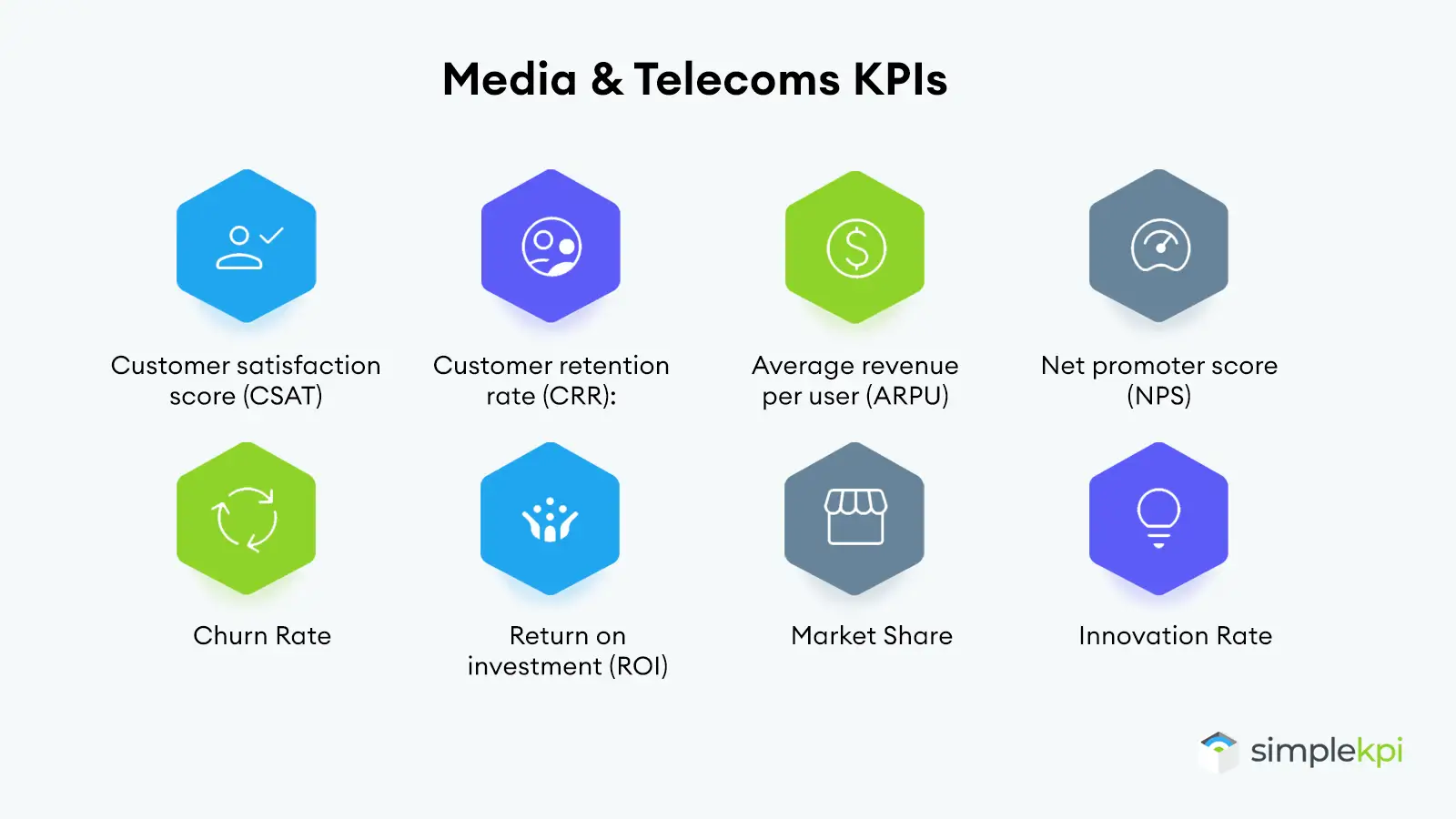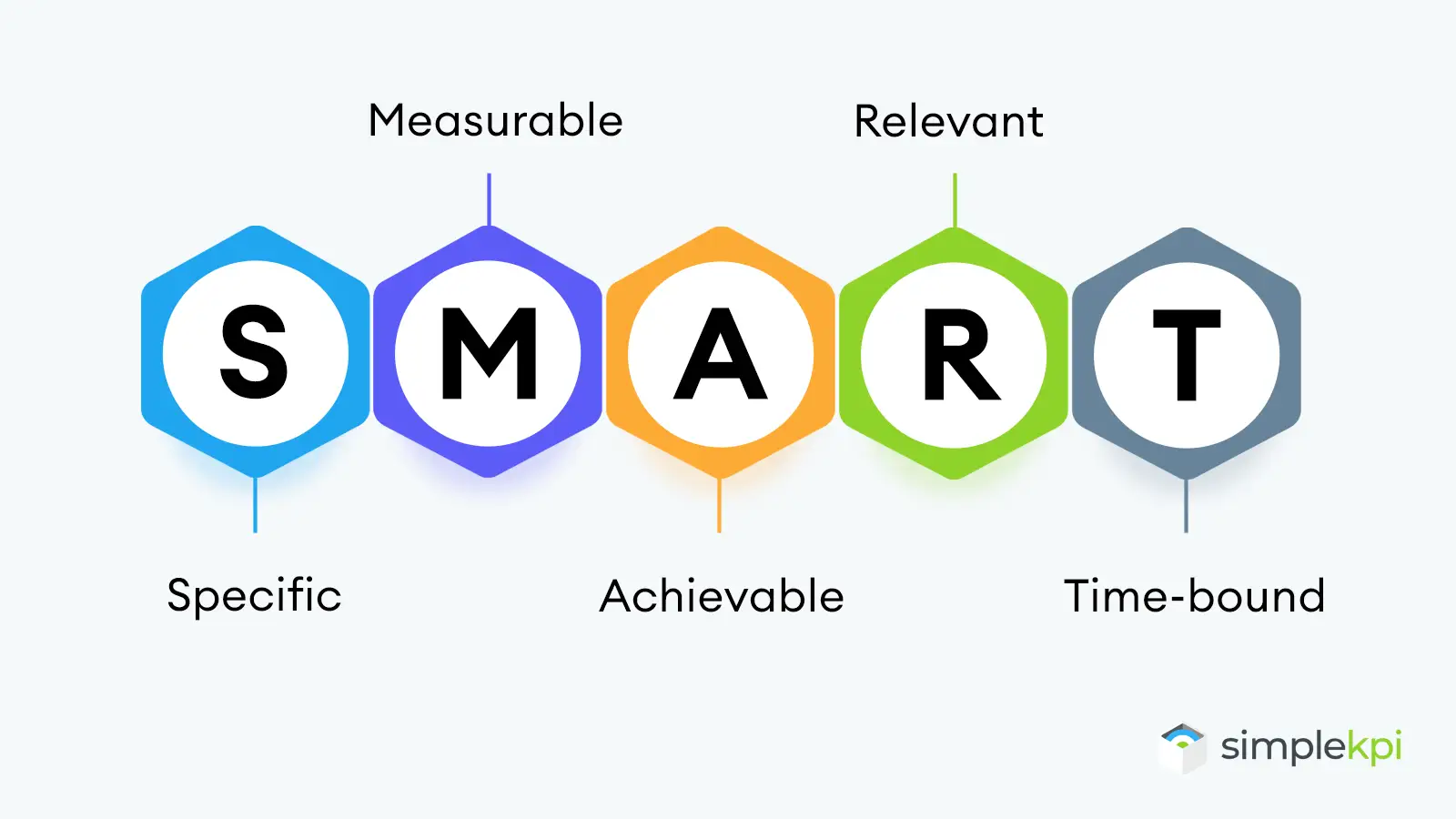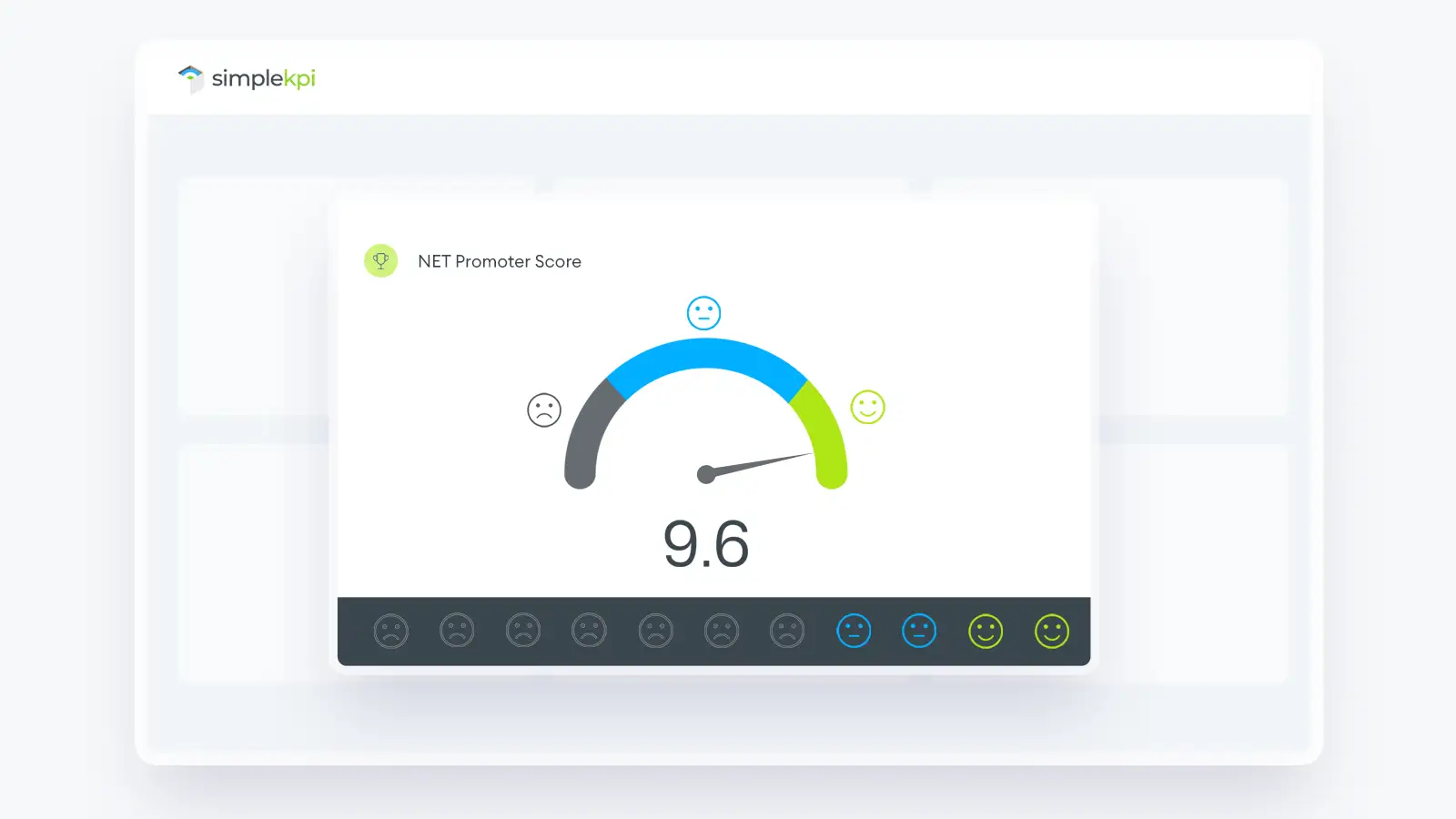Challenges, Regulations, and Consumer Expectations
The media and comms industry is undergoing a turbulent transformation in 2024.
They face a double-edged sword of financial uncertainty and regulatory change that could spell doom or boom for their ventures.
They also face a vocal and diverse customer base that expects them to align with their causes and values on the social front. And they face fierce and formidable competition from the streaming and tech giants that have the money and the magic to captivate and retain their viewers.
To stay afloat and ahead, they need to leverage the power of data, analytics, and AI to enhance their performance and customer experience. And they need to adjust to the lasting impacts of the Covid-19 pandemic and its variants on their markets, advertising, and production
What are Media and Telecom KPIs, and Why are They Important?
Media and telecom Key Performance Indicators (KPIs) are measurable indicators that reflect the performance of media and telecom companies in achieving their objectives and targets. They help to assess the effectiveness and efficiency of their operations, products, services, and customer relationships.
These Media and telecom KPIs are important because they:
- Offer a clear and comprehensive view of the current situation and direction of the business
- Support evidence-based decision-making and action planning
- Enhance communication and coordination among stakeholders
- Exhibit responsibility and honesty
- Promote continuous learning and innovation
What KPIs do Media and Telecom companies use?
Media and telecom companies use a variety of quantitative and qualitative KPIs to measure their performance in different areas, such as marketing, customer service, and finance.

Some examples of typical media and telecom KPIs are:
- Customer satisfaction score (CSAT): How happy customers are with a product, service, or experience (1 to 5 scale).
- Customer retention rate (CRR): How many customers stay with a company over a defined time period (percentage).
- Average revenue per user (ARPU)How much revenue each customer or subscriber generates over a given period (average amount).
- Net promoter score (NPS): How likely customers are to recommend your product, one of your services, or brand to others (-100 to 100 scale).
- Churn rate: How many customers stop using a product, service, or brand by percentage.
- Cost per acquisition (CPA): How much money does acquiring a new customer or subscriber cost?
- Return on investment (ROI): How much profit or loss an investment generates over a specific period (percentage).
- Market share: How much of the total market a product, service, or brand occupies over a period (percentage).
- Innovation rate: How many new or improved products, services, or features has a company launched over time (percentage)?
How do you choose the correct media and Telecom KPIs for your business?
Choosing suitable media and telecom KPIs for your business depends on factors such as your industry, market, audience, competitors, and goals. However, there are some general criteria that you should follow to ensure that your KPIs are relevant, meaningful, and actionable. These criteria are:
- Specific: Your KPIs should be defined and focused on a particular aspect of your performance
- Measurable: Your KPIs should be quantifiable and verifiable with data
- Achievable: Your KPIs should be realistic and attainable within your resources and capabilities
- Relevant: Your KPIs should be aligned with your strategic objectives and value proposition
- Time-bound: Your KPIs should have a defined timeframe and frequency for measurement and reporting.

To help you choose the correct media and telecom KPIs for your business, you can use the SMART framework for Specific, Measurable, Achievable, Relevant, and Time-bound. For each KPI, you should answer the following questions:
- What is the specific outcome or result that you want to achieve?
- How will you track and measure progress and performance?
- Is your target realistic and attainable within your resources and capabilities?
- How does your KPI relate to your strategic objectives and value proposition?
- When and how often will you measure and report your KPI?
A more detailed breakdown of SMART and SMARTER KPIs and how to create and measure them can be found here.
How do you monitor and optimize your media and Telecom KPIs?
Monitoring and optimizing your media and telecom KPIs in 2024 requires a systematic and proactive approach that involves collecting, analyzing, and acting on your data. Here are some steps that you can follow to monitor and optimize your media and telecom KPIs in 2024:
Collect data from various sources, such as surveys using tools such as SurveySparrow and SurveyMonkey, analytics from Google Analytics, reports from internal applications or specialized KPI platforms, and real-world feedback.
Analyze data using various methods, such as descriptive, diagnostic, predictive AI, and prescriptive analytics.
Visualize data using various tools, such as KPI dashboards, charts, graphs, and KPI Reports.

Communicate data using various channels, such as scheduled reports or live dashboards, emails, newsletters, presentations, and meetings.
Act on data using various techniques like experiments, tests, pilots, and projects.
Review data using various metrics, such as benchmarks, trends, and comparisons.
Improve data using various strategies like automation, integration, and optimization.
Getting a head start in Media and Telecoms KPI Tracking
If you want to get a competitive edge, it's important to get a head start by using specialized KPI Software. This software offers KPI templates and Dashboards specifically designed for tracking Media and Communications KPIs.
By using a Media and Communications KPI dashboard example template, you can save time on implementation and gain valuable insights more quickly.
Summing Up
Media and telecom KPIs are essential for measuring and improving your performance in today's competitive and dynamic market. By following the best practices for selecting, monitoring, and optimizing your media and telecom KPIs in 2024, you can gain valuable insights, make data-driven decisions, and achieve your strategic goals.
Feel free to contact us if you need help with your media and telecom KPIs. We are a simple KPI-powered software platform that helps you create, manage, and optimize your KPIs quickly and efficiently.

by Stuart Kinsey
Stuart Kinsey writes on Key Performance Indicators, Dashboards, Marketing, and Business Strategy. He is a co-founder of SimpleKPI and has worked in creative and analytical services for over 25 years. He believes embracing KPIs and visualizing performance is essential for any organization to thrive and grow.
